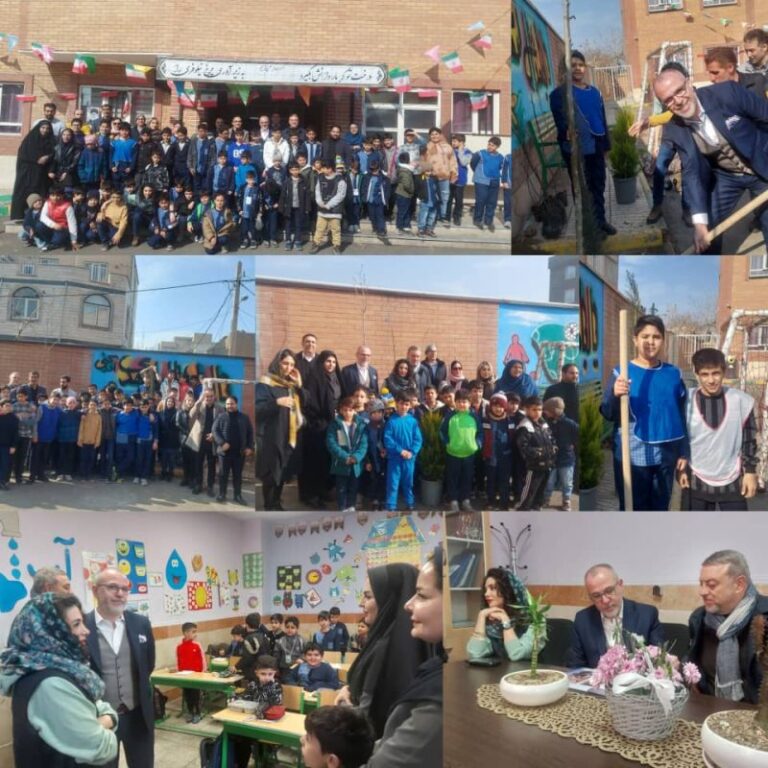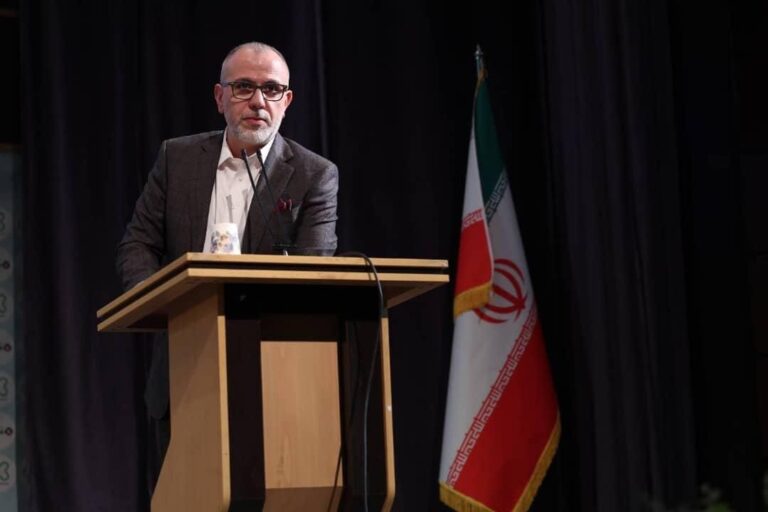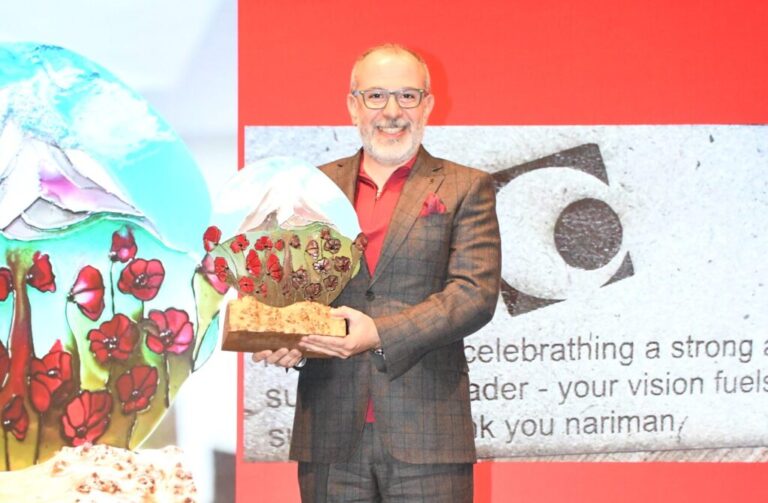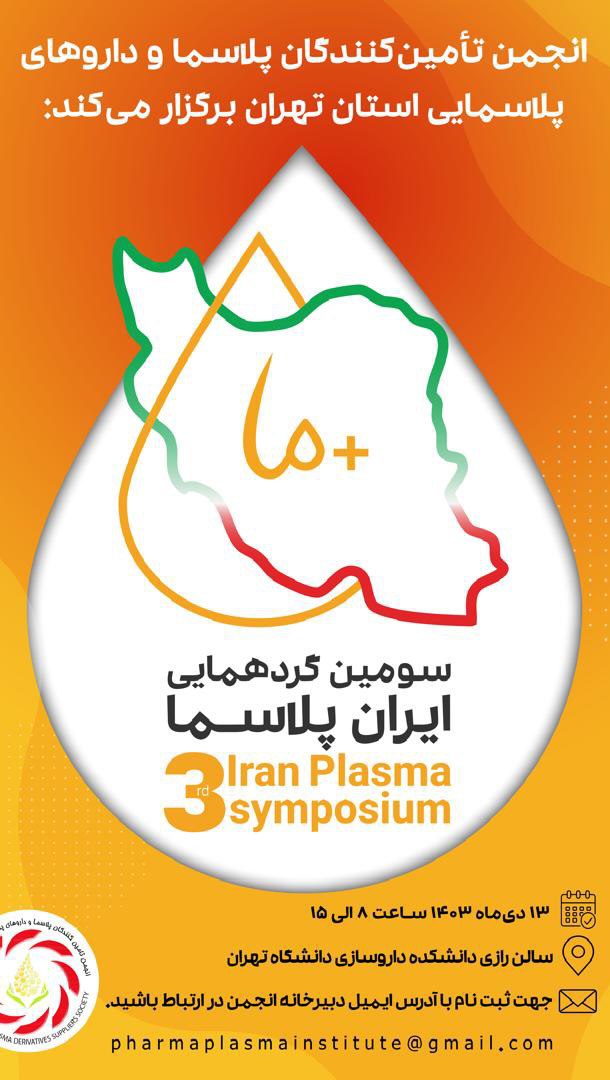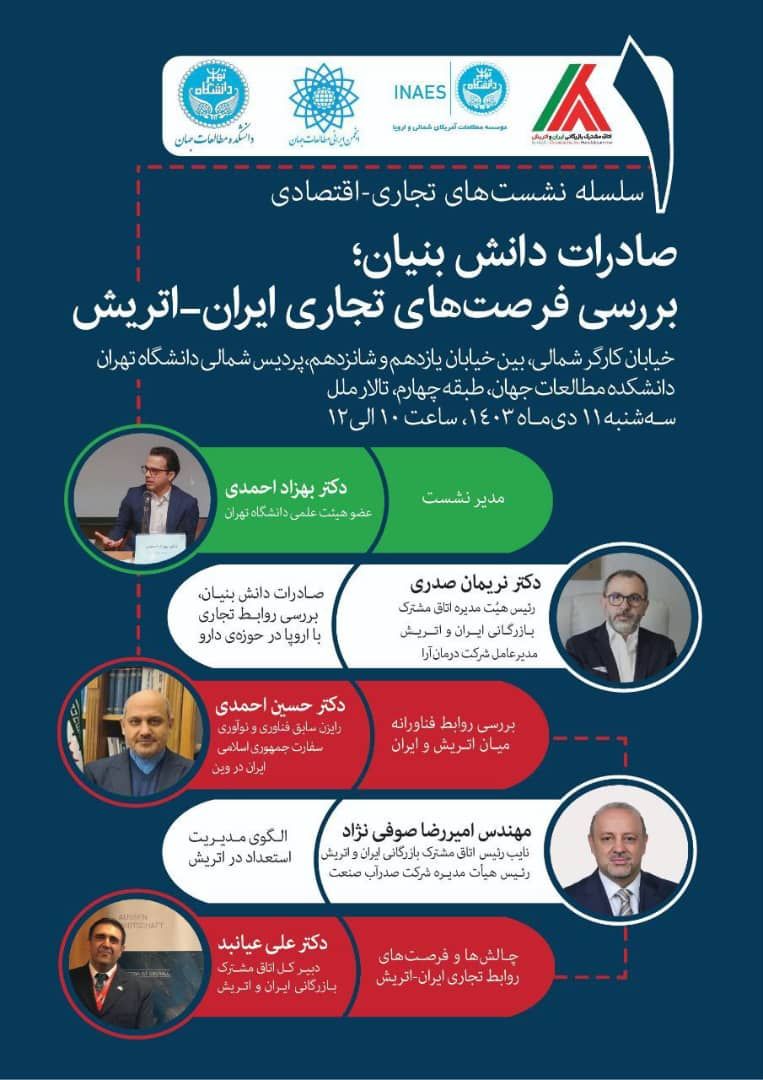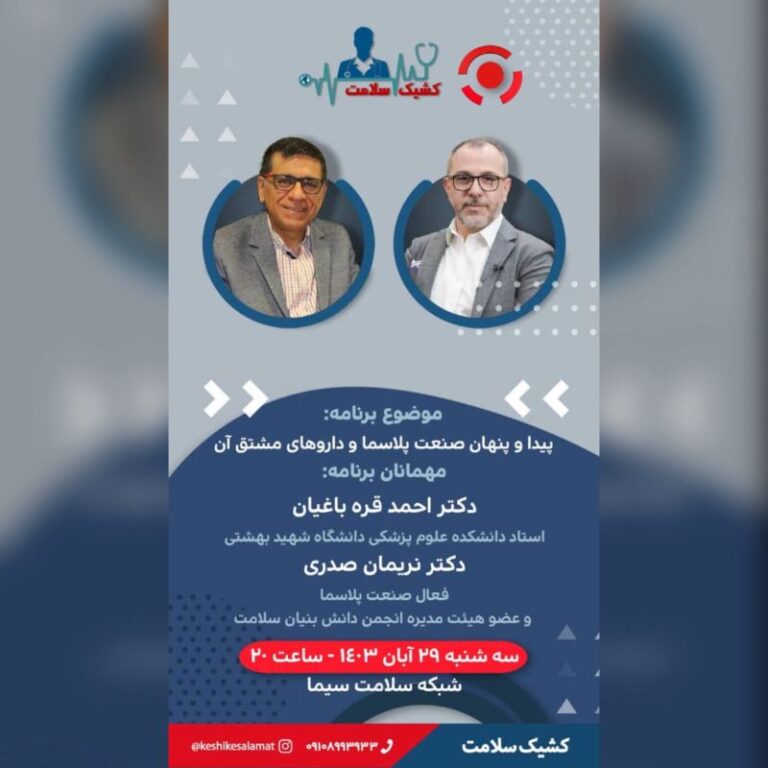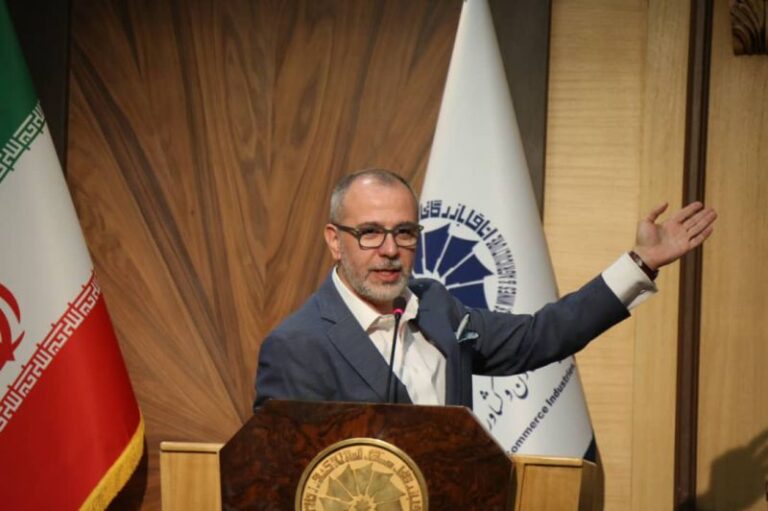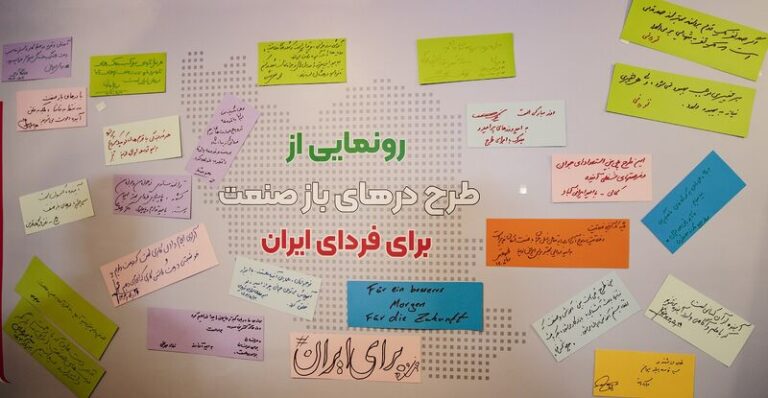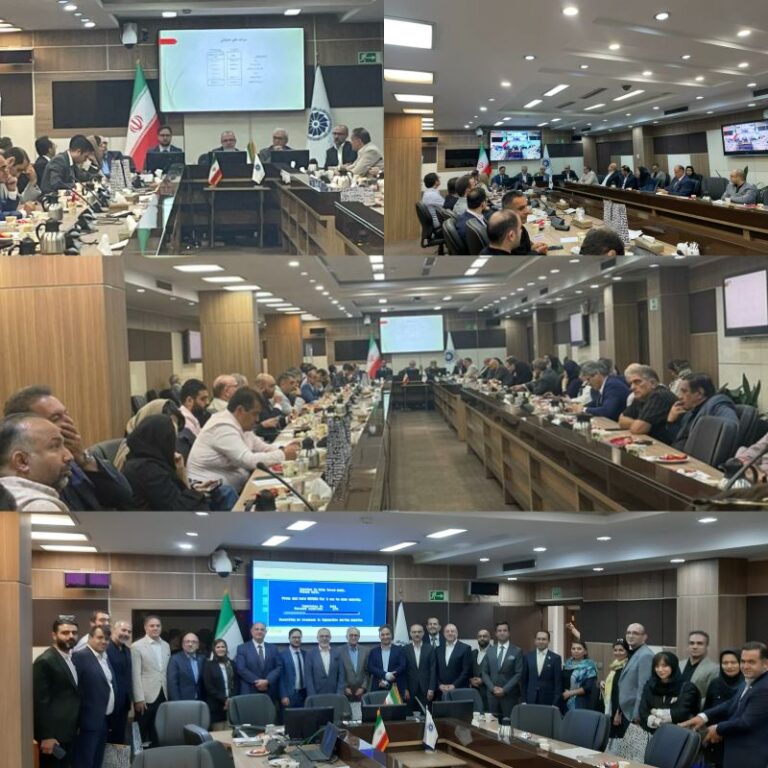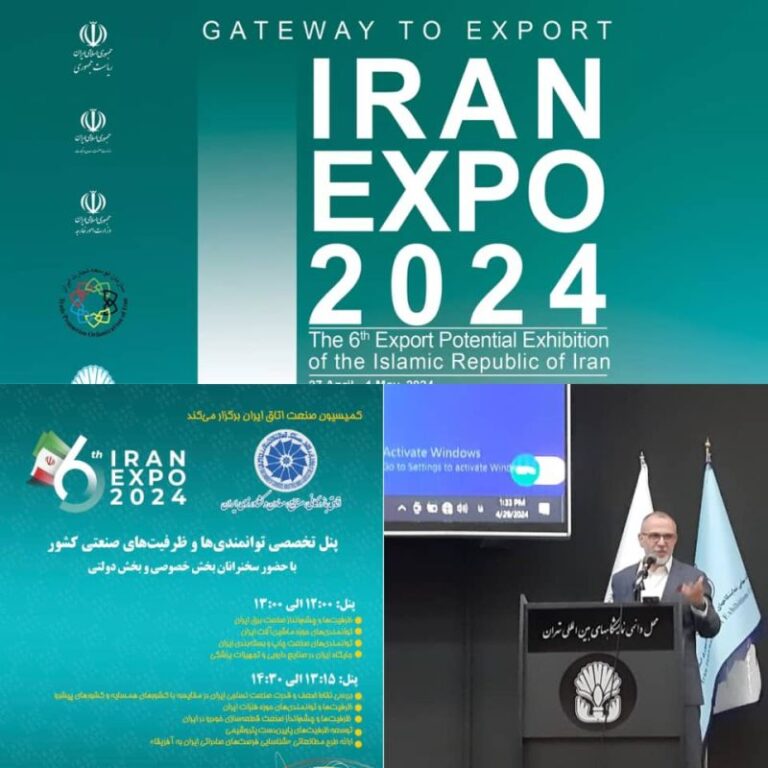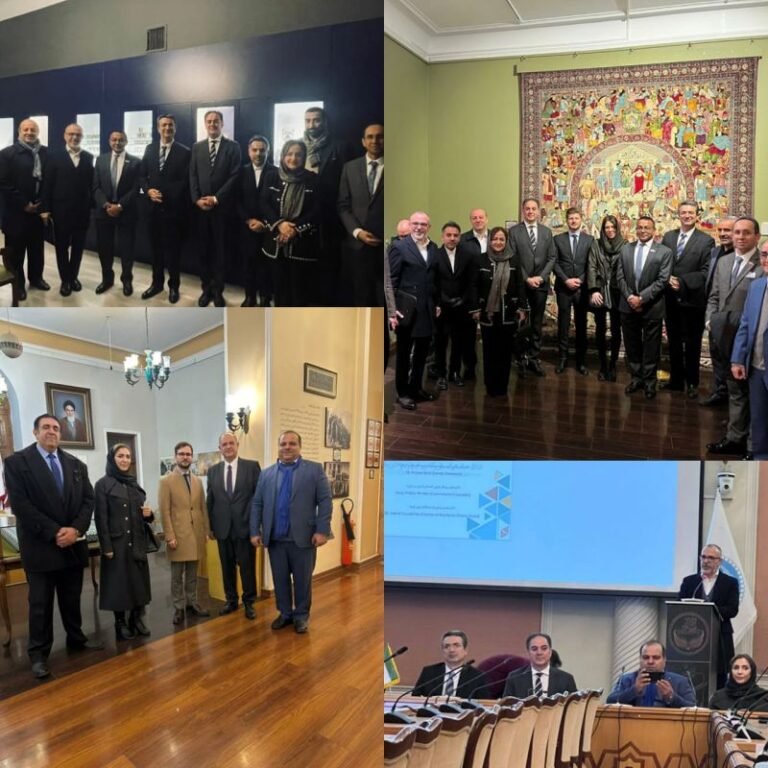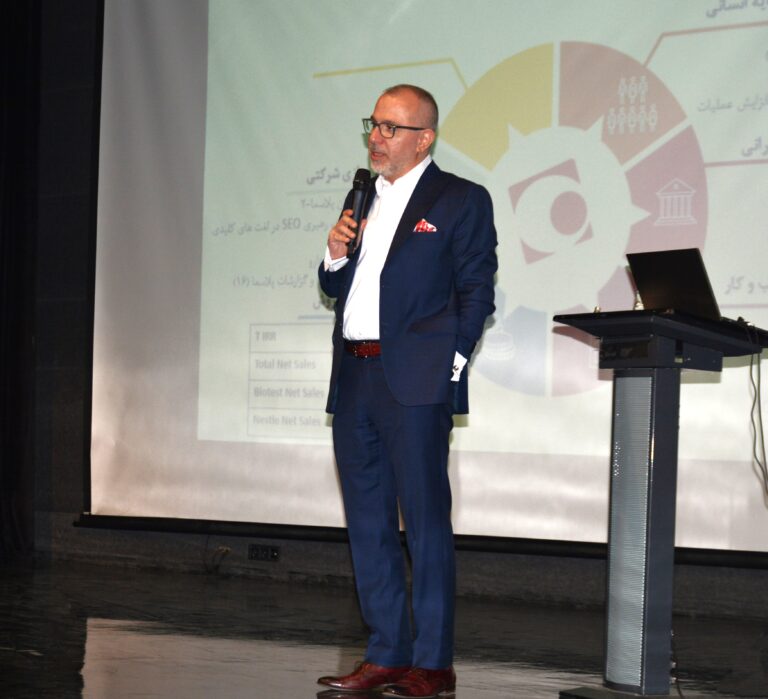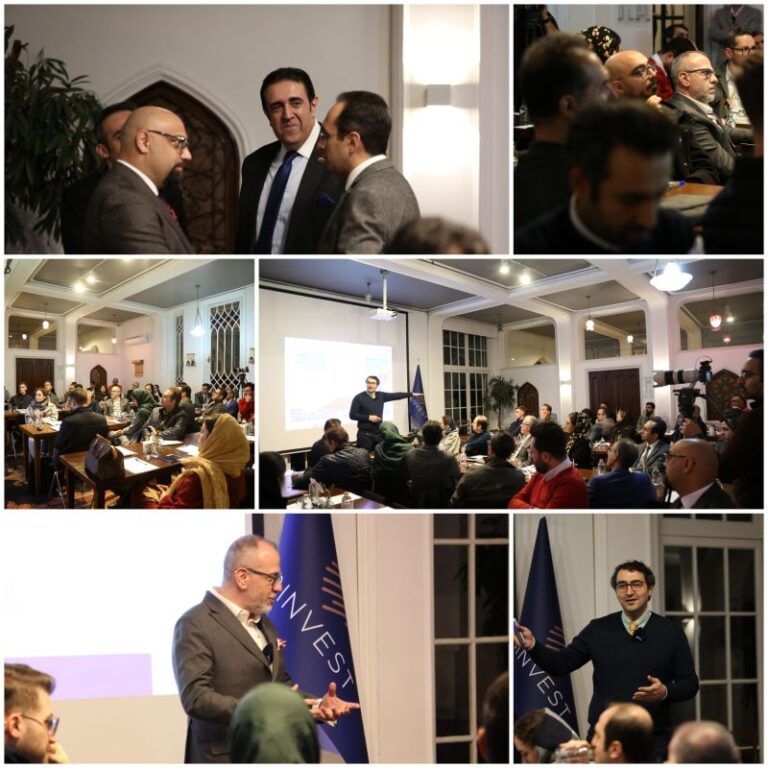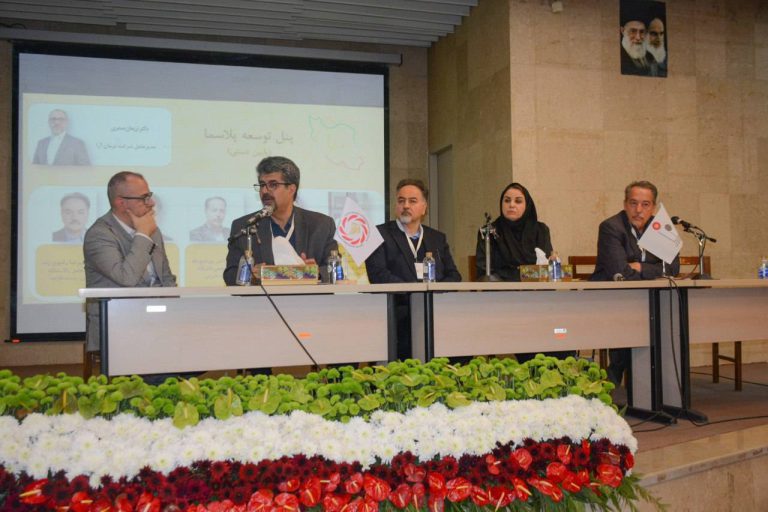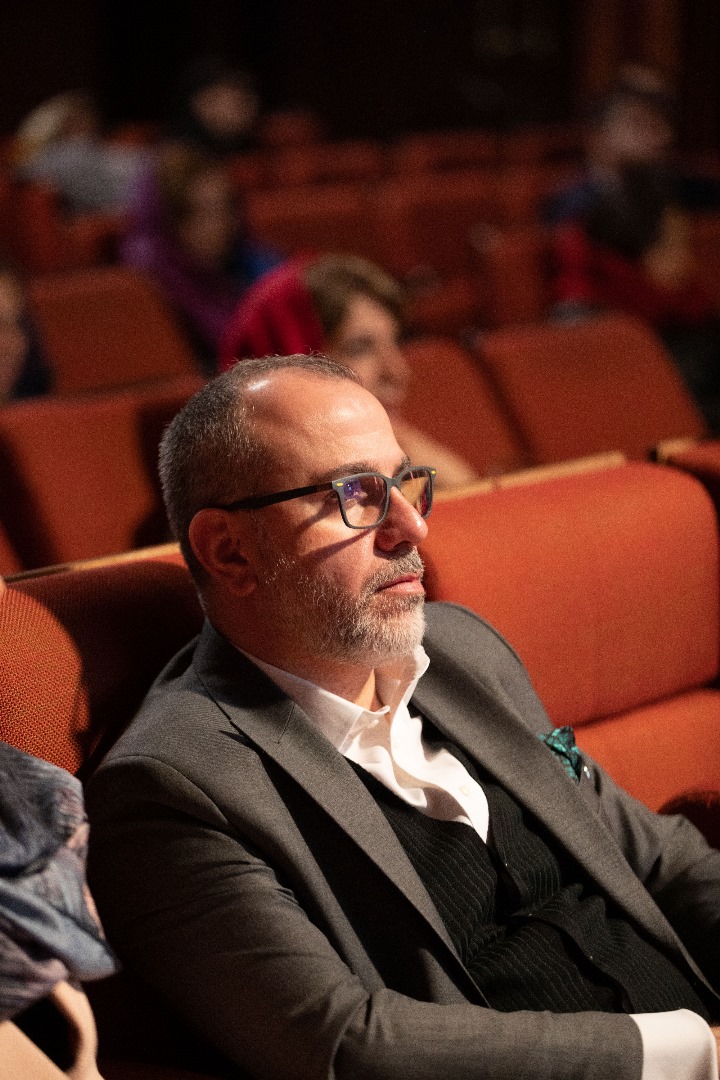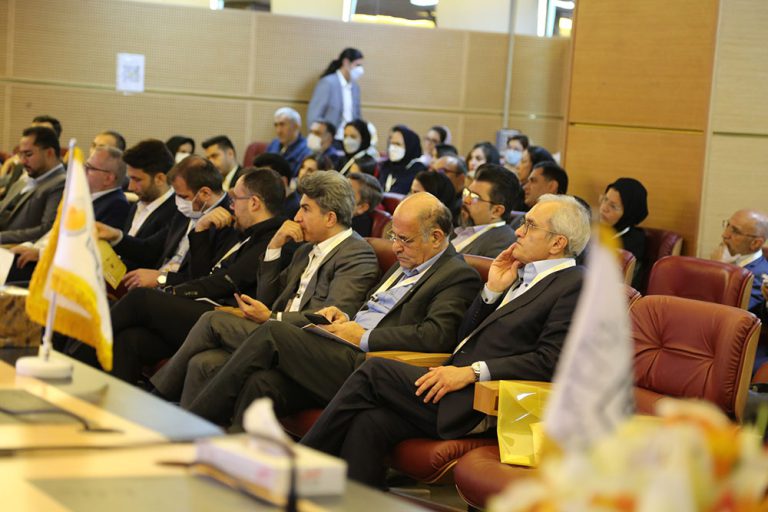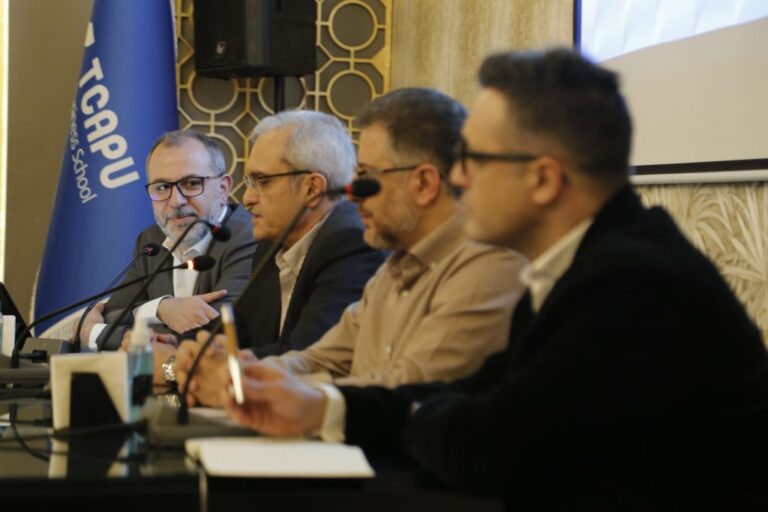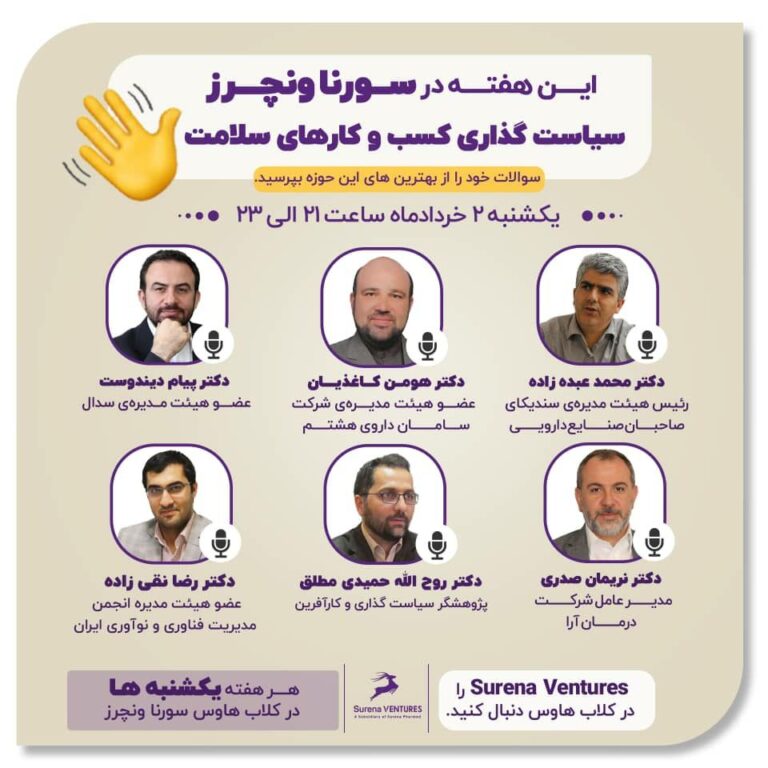These days, we hear more and more about the tragic stories of Afghanistan. I believe that the events in this eastern neighbor have increased our public awareness and sensitivity towards these fellow Persian speakers and their social struggles, allowing us to better understand them. However, most of the perspectives I have read and heard seem to miss a crucial point. Despite the brutality of the Taliban, cities fell one after another, and government corruption alone cannot fully explain this swift victory.
In the early 20th century, Germany – the cradle of great philosophers such as Nietzsche, and earlier Hegel and Schopenhauer – descended into such primitivism and reactionism that it chose a leader like Hitler. Let us not forget, Hitler did not carry out the greatest atrocities of the 20th century alone or with a handful of close associates – he had the support of the majority of a nation.
The Taliban, in brief, are rooted in Salafism – Muslims who believe that the changes in today’s world are leading them away from the essence of Islam. They adhere to a hadith in which the Prophet says, “The best people are those of my generation.” They believe the path to salvation lies in returning to the traditions of the Prophet – even the superficial aspects, such as facial hair and women’s attire. This group grew in religious schools in Pakistan with financial support from Saudi Salafists. Most of them come from the poor rural and small-town populations of Afghanistan, although a small number of Arabs and Pakistanis occupy high-ranking positions within their leadership.
I provide this brief overview to remind us that we are talking about a group of Afghan people trying to reverse the modernization and westernization of Afghanistan.
But why?
The cultural and social development of a nation is a slow and gradual process. If elements of another culture are rapidly imported into a country without the necessary education and infrastructure, the less-educated segments of society may experience fear and insecurity – fearing that these swift changes will erase their traditions and beliefs. The mistake made by the West and Western-educated Afghans was failing to invest in sustainable development, job creation, and education for the generation that was in the cradle during the previous Taliban regime. Today, after receiving education in religious schools, that generation forms the young ranks of the Taliban. Moreover, the relationship between Afghan intellectuals and the general population was severed – much like the disconnect between German intellectuals and the public in the early 20th century. The masses, seeking an idea that painted a paradise for their unprepared minds, turned to a regressive vision, and millions of lives were lost in the pursuit of this dream.
Can cultural development take root in our region and prevent regression?
Honestly, I do not know the answer to this question. But I am certain that such a process will not happen at the barrel of a gun. Transformation must arise from within the tribes and villages, driven by the will of new generations. Superficial changes will lead nowhere.
This piece is an attempt to analyze the root causes of the current tragedies. It does nothing to lessen their bitterness, and like most of you, I deeply sympathize with the Afghan girls and young people whose castles of dreams turned to ruins in a matter of weeks. However, the cultural roots of these events do not absolve the cowardly politicians, nor the unkept promises of the U.S. and NATO, of their responsibilities.
Wishing for a free and prosperous Afghanistan.
Photo: A U.S. military plane that managed to evacuate some Afghans in the final moments before the fall of Kabul. Tragically, several young Afghans – including a member of Afghanistan’s national youth football team – lost their lives clinging to this last hope of freedom. (Photo used with the photographer’s permission.)




